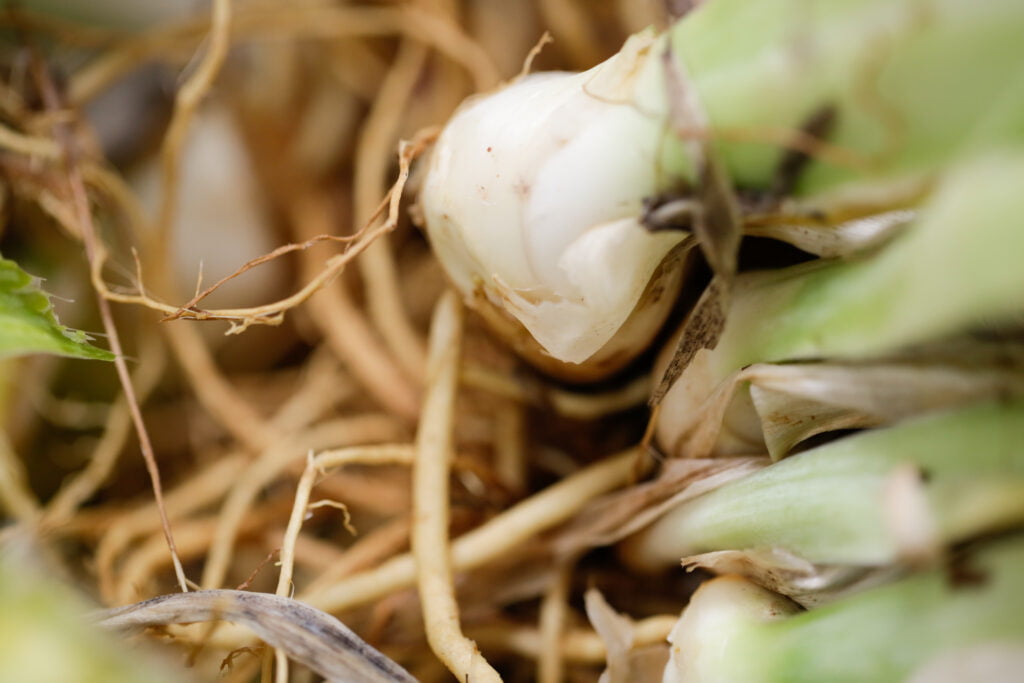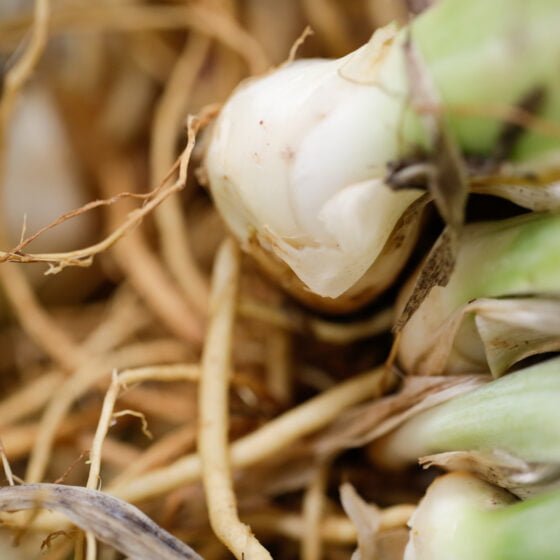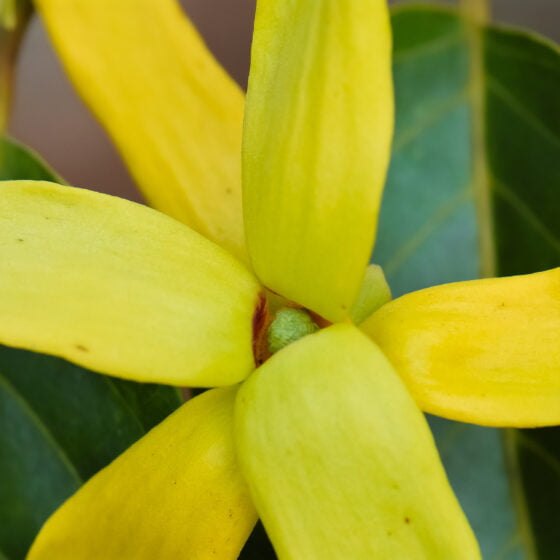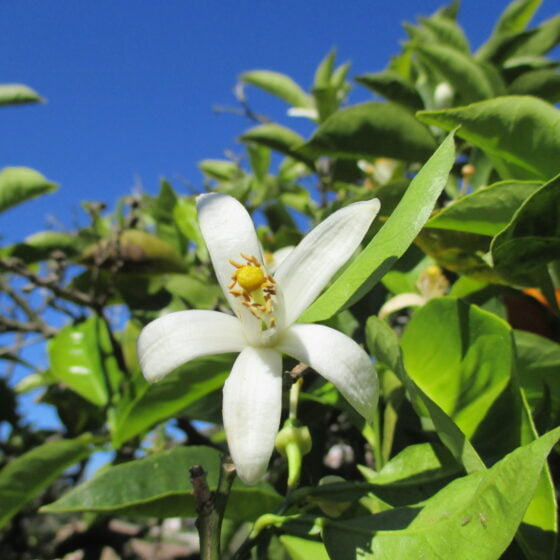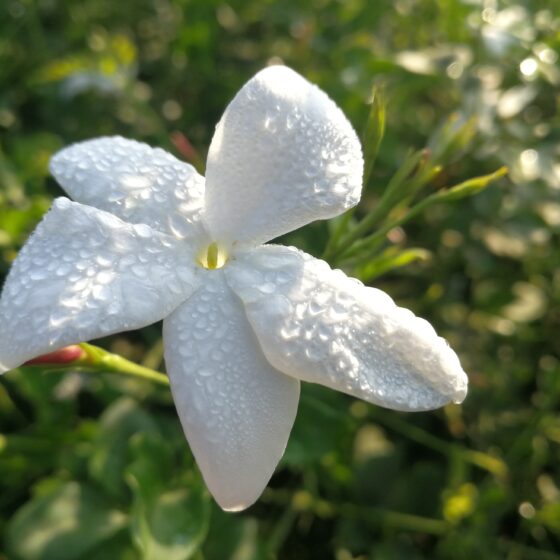
Orris Pallida 8% France
Iris pallida
General data
Harvest Calendar
- J
- F
- M
- A
- M
- J
- J
- A
- S
- O
- N
- D
Product details Our added value
Albert Vieille has developed its Iris pallida plantations with producers on the Plateau de Valensole and in Hérault, in France. This project is part of a process of setting up traced and sustainable supply chains, from planting to processing. We guide each farmer in the organic cultivation of irises, the removal of rhizomes from the ground and support them financially through pre-financing of harvests. We process the ground rhizomes at our production center in Spain.
Fragrance side
Orris butter is found in both men’s and women’s floral compositions. It blends perfectly with leather or violet accords. Iris adds a floral, woody touch to liqueur reconstitutions. Its earthy facets also find full expression in woody and amber bases.
About
This flower is an emblem of French royalty and a symbol of Mediterranean culture. Catherine de Medici is believed to have been the woman who introduced iris’s use as a fragrance in the 16th century: To whiten her complexion, she used Florentine talc, made with powdered iris rhizomes. The history of iris extracts began in the 19th century in Italy, near the village of San Polo, a few kilometers from Florence.
The iris is a robust plant that requires only moderate water, but demands a lot of sunlight. After being planted in the fields, the irises are left in the ground for three years to give the rhizomes time to develop irone precursors. The rhizomes are harvested between August and September, during their vegetative period, then washed, dried, deburred, and crushed. Each year, between October and November, a portion of the rhizomes is kept for replanting. We then process the ground rhizomes at our production center in Spain.
Our added value
Albert Vieille has developed its Iris pallida plantations with producers on the Plateau de Valensole and in Hérault, in France. This project is part of a process of setting up traced and sustainable supply chains, from planting to processing. We guide each farmer in the organic cultivation of irises, the removal of rhizomes from the ground and support them financially through pre-financing of harvests. We process the ground rhizomes at our production center in Spain.
Fragrance side
Orris butter is found in both men’s and women’s floral compositions. It blends perfectly with leather or violet accords. Iris adds a floral, woody touch to liqueur reconstitutions. Its earthy facets also find full expression in woody and amber bases.
About
This flower is an emblem of French royalty and a symbol of Mediterranean culture. Catherine de Medici is believed to have been the woman who introduced iris’s use as a fragrance in the 16th century: To whiten her complexion, she used Florentine talc, made with powdered iris rhizomes. The history of iris extracts began in the 19th century in Italy, near the village of San Polo, a few kilometers from Florence.
The iris is a robust plant that requires only moderate water, but demands a lot of sunlight. After being planted in the fields, the irises are left in the ground for three years to give the rhizomes time to develop irone precursors. The rhizomes are harvested between August and September, during their vegetative period, then washed, dried, deburred, and crushed. Each year, between October and November, a portion of the rhizomes is kept for replanting. We then process the ground rhizomes at our production center in Spain.
Other type of extracts
(Floral)
